
Children and dogs often go together "hand in paw" and can make for wonderful companions for each other. But, in spite of their natural ability to get along well together, there are some important tips you will want to keep in mind to keep everyone safe and happy.
First and foremost, never leave your dog chained outside as this often creates aggressiveness not to mention that it is cruel to the dog. Children tend to tease chained dogs even unintentionally which can quickly lead to serious dog bites. Keep your dog in an enclosed space such as behind a sturdy fence so they can interact with the rest of the world but still feel safe and sound in their own environment without being chained and having their movement restricted.
Even the best trained dog will rarely see a small child as an authority figure or as a leader of their pack. Kids are often "eye level" with dogs and they tend to stare intently at dogs, which the dog may see as a threat and even the most patient of pets can react negatively if they think they must protect themselves from this tiny little person.
Young children also typically have high pitched voices and many squeal with delight while laughing and playing, a noise that can easily be misconstrued as the sound of wild prey in distress. Many dogs are actually frightened of children and will react with a sense of fear and aggression. Because of this, children should always be taught how to act and behave around dogs, especially those they are unfamiliar with.
Teach children not to approach strange dogs and to always ask the owner if it's okay to pet the dog before reaching out for him or her. Once permission is received and the owner says that it is safe to touch or pet their dog, instruct the children to make a closed fist and allow the dog to sniff their hand first. Keeping the hand closed protects tiny fingers in case the dog becomes frightened and nips out of fear.
Tell your children not to scream or run away from a dog as both of these actions may unfortunately result in an attack. Running and screaming often trigger a response in the dog's brain that's very difficult to stop as it activates their natural born "hunter-prey" instinct.
Also teach children to never hit a dog with an object or their hand for any reason and to leave the dog alone in peace when he's eating or sleeping or not feeling well. Bites often occur when children approach a dog that's eating or who is in their cage or crate that has not been trained and socialized properly. Also, never leave your dog alone with a child who is eating so they don't learn to steal food and inadvertently bite small fingers.
The sooner a dog or puppy is thoroughly socialized with small children the better the outcome for everyone involved.
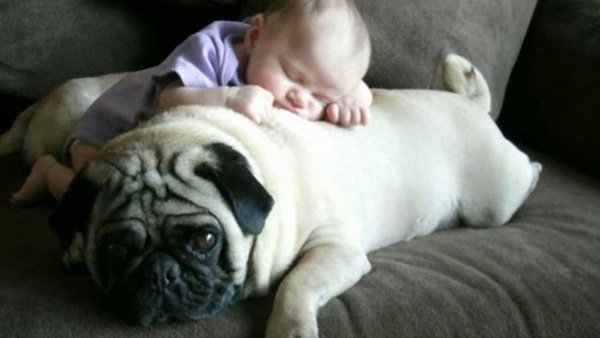 A Simple Guide to Kitten Age Estimation
A Simple Guide to Kitten Age Estimation
So you
A Simple Guide to Kitten Age Estimation
A Simple Guide to Kitten Age Estimation
So you
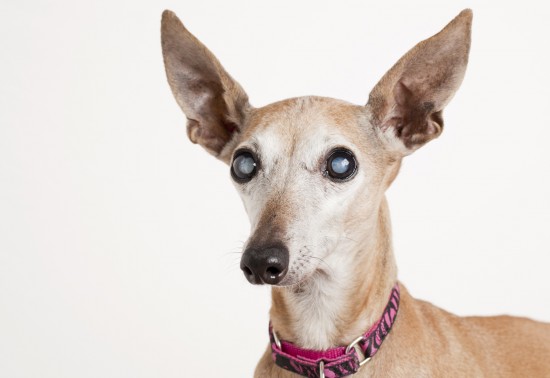 Canine Eye Problems Commonly Confused With Cataracts
Canine Eye Proble
Canine Eye Problems Commonly Confused With Cataracts
Canine Eye Proble
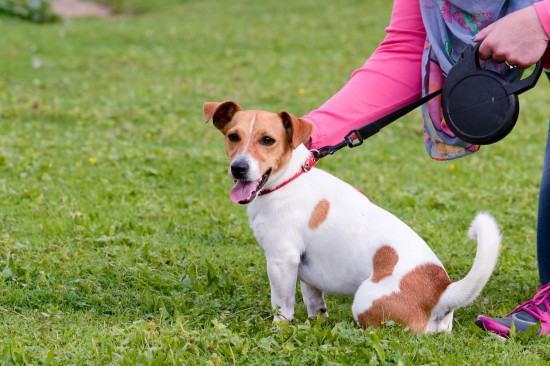 Potential Reasons For Finding Blood In Your Dog’s Urine
Potential Reasons
Potential Reasons For Finding Blood In Your Dog’s Urine
Potential Reasons
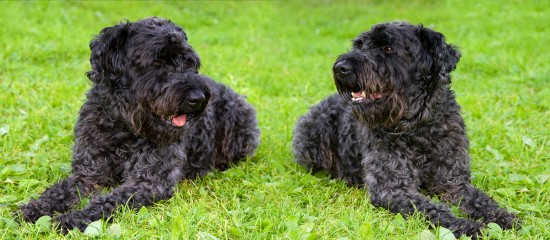 More Information On The Kerry Blue Terrier
More Information
More Information On The Kerry Blue Terrier
More Information
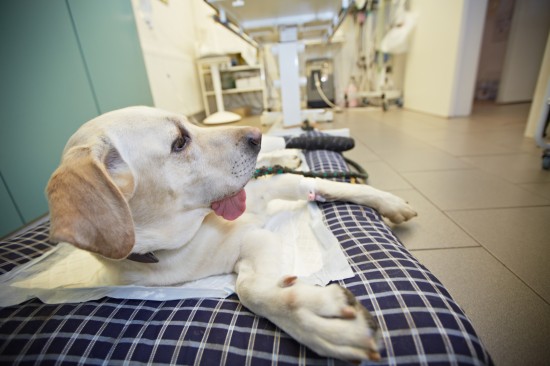 Dogs And Hypoalbuminemia
Dogs And Hypoalbu
Dogs And Hypoalbuminemia
Dogs And Hypoalbu
Copyright © 2005-2016 Pet Information All Rights Reserved
Contact us: www162date@outlook.com